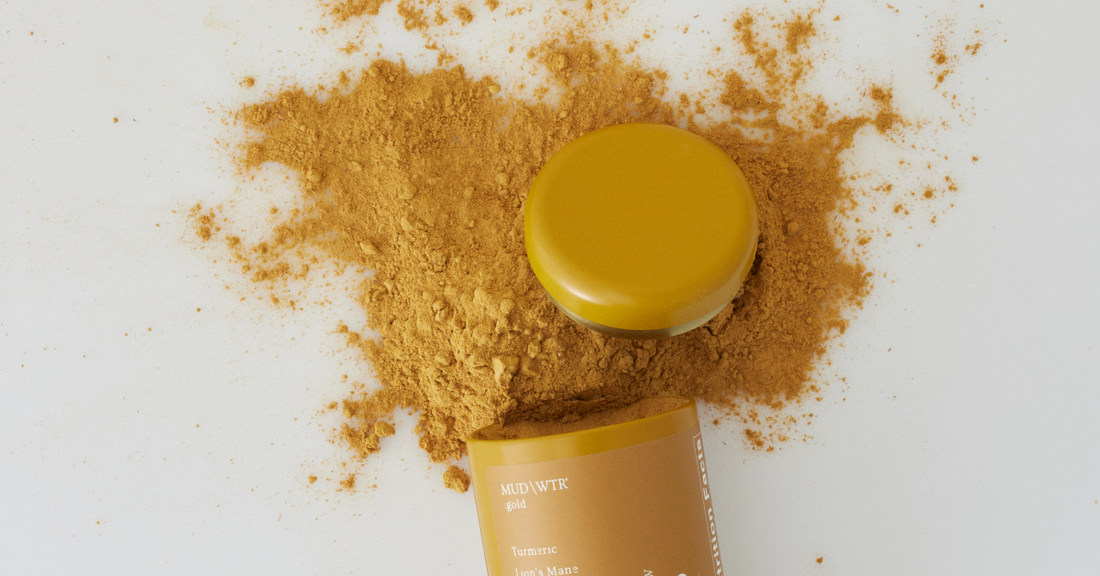It’s official. My “Outdoor Girl Summer” has come to an end. (Yes, I’m into summer branding.) Every free moment was spent hiking, chasing waterfalls (despite the warning from TLC), tending to my garden and cooking up Girl Dinners with all the fresh summer produce at my local farmer’s market.
The bright, cheery sunshine and go-go attitude of summer had me from the start. It was reckless, playful and gone in an instant. It’s the season that burns bright and then vanishes into autumn before you can say “pumpkin spice.”
But now I’m ready to wholly embrace fall—give me scarves, colorful leaves and morning fog. This time of year always brings me a sense of peace after a busy summer. Everything slows down, the days start getting shorter and nights get cooler. It’s an introspective, book-worm, tea-lover’s dream.
Along with the changing seasons, I need to switch up my self-care routine. It no longer makes sense to do my workout first thing in the morning, drink smoothies for lunch, or plan my meals around berries, cucumbers and tomatoes. I also need to support my nervous system and immune system throughout this change.
That’s where turmeric comes in. This gorgeous golden spice doesn’t just sit on my spice rack—it plays a big role in my holistic well-being.
What Is Turmeric and What Are the Benefits of Turmeric?
Turmeric, aka Curcuma longa if you’re into science, is a flowering plant in the ginger family. Maybe a cousin or cool aunt.
It’s a staple in kitchens everywhere. Cultures across the world add turmeric to food for color, flavor and nutrition. For example, India has used the spice for more than 5,000 years both as a dye and to add flavor to curry. In the 13th Century, Marco Polo even wrote about turmeric when recounting his travels to China.
And according to the National Library of Medicine, turmeric has been used for centuries in traditional medicine, such as Ayurveda and Chinese medicine, as an anti-inflammatory, anti-bacterial and antiseptic agent, and much more.
1. Turmeric Helps Me Stay Warm
I recently took a workshop in Ayurveda and learned about eating seasonally, so I’m incorporating more foods with warming properties in the cooler months. The crisp fall air can be both invigorating and bone-chilling, but turmeric helps me warm up from the inside out.
It’s considered a thermogenic food because it stimulates a bodily process called thermogenesis. It helps burn calories and break down fat cells to create heat, and it can actually increase body temperature. Turmeric also contains a compound called curcumin, which is reported to improve blood flow, keeping my fingers and toes nice and warm.
2. Turmeric Can Help Reduce Inflammation
While I had a blast hiking all summer, it also left me a little sore, particularly in my joints. Curcumin is known for its anti-inflammatory properties, which helps my sore muscles recover more quickly post-workout.
Additionally, cooler weather can trigger the body’s immune response. Immune cells produce free radicals while fighting off invading germs. Those free radicals can damage healthy cells, leading to inflammation. That may sound pretty radical, but when there’s an imbalance of free radicals and antioxidants in the body it creates oxidative stress. Turmeric has been shown to neutralize free radicals to reduce oxidative stress and therefore inflammation.
3. Turmeric Can Help Relieve Cold and Flu Symptoms
I finished college years ago but this time of year always reminds me of back-to-school season, which seems to cause an influx of cold and flu viruses. And I want to be my best self for my “Spooky Girl Autumn.” (Can I brand every season?) So as I become more germ-aware, turmeric helps me ward off any ailments.
In addition to giving me a little immune boost, turmeric helps relieve some of the symptoms if I do get sick. Studies show that adding some turmeric and ginger to a cup of tea can help fight rhinovirus and influenza, aka the common cold and flu. And the combo can also help ease a sore throat.
4. Turmeric Contains Antioxidants
When the seasons change, so do my body’s needs. The changes in the environment can contribute to an increase in free radicals that can wreak havoc on my body's cells. Turmeric's treasure trove of antioxidants provides a shield against this oxidative stress.
And while I may have been eating plenty of antioxidants in July while foods like watermelon, berries and snap peas were in season, I can’t count on my diet providing the same level of antioxidants in October.
So while I’m cooking stews, soups and casseroles, adding turmeric is an easy and accessible way to up my antioxidant levels. This probably goes without saying, but it’s great in curries. Pro tip: according to research, consuming turmeric along with black pepper can help drastically increase how well your body is able to absorb turmeric. So throw in some black pepper or choose a tea blend that already contains it.
Most importantly, I’m softening and slowing down. This is a good reminder for me to tune into Mother Nature’s wisdom. Everything changes and as the wheel of the year turns again, it’s another opportunity to lean in. As the leaves fall, I find myself rising to meet the transition—nourished, comforted and ready to embrace all that this season has to offer.
Rae Repanshek is MUD\WTR's copywriter and resident fall enthusiast.
Read More: How to Make Turmeric Part of Your Diet
Read More: How and When to Take a Nap
Listen: A Simple Hack to Shift Your Mood




